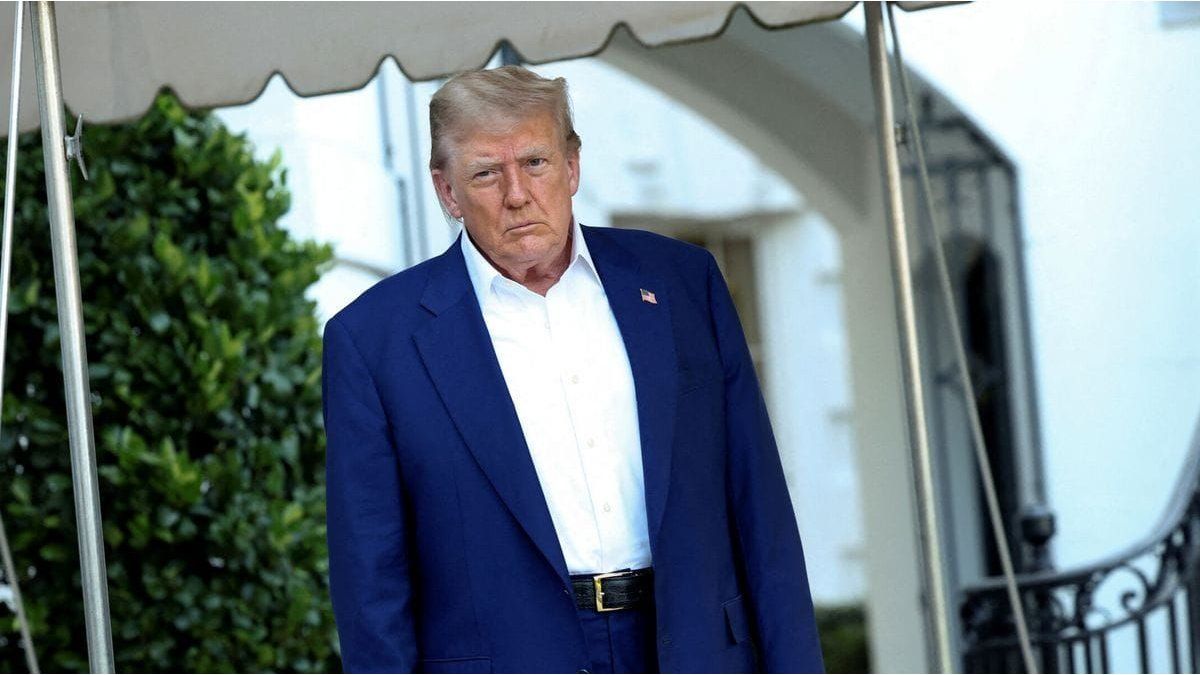Why is it called Pallay Punchu of Apu Tacllo?
According to various investigations carried out on the site, the multicolored tones of the mountain resemble the ponchos used in Peru. The poncho is an ancestral and contemporary garment that crosses borders and time.
How was the Pallay Punchu mountain formed?
The question of how the Pallay Punchu mountain was formed still takes us back 250 million years. When the earth’s crust was in formation and the different types of minerals, earth and sand formed layer upon layer, each one falling under its own weight. When the South American and Nazca tectonic plates collided, this caused all the sediment to break, thus turning and forming mountain ranges, hills and slopes, exhibiting the strata vertically and also with the passage of time with the winds, rain and all other meteorological phenomena caused the minerals to oxidize so that today it can be appreciated the way it is.
Why is the mountain colored?
The colors of the Pallay Punchu Mountain of Apu Tacllo are due to its mineralogical composition: the pink color is due to the red clay, fangolitas (mud) and arilitas (sand). The whitish, by the white quartz sandstone. The brown, brown and purple, by limonites and marl, rich in calcium carbonate.
Red is made up of claystones (iron) and clays belonging to the upper tertiary. Green is due to the compound of phyllites and clays rich in ferromagnesia. The earthy brown is the product of the fanglomerate composed of rock with manganese belonging to the Quaternary era. And the mustard yellow color due to the calcareous sandstones rich in sulfur minerals. (Andean)
image.png
Where is the Pallay Puncho Mountain?
This incredible place is located in the Andes of Peru, in the region of Cusco and in the province of Canas. It belongs to the district of Layo, which is called the “Pallay Punchu del Apu Tacllo”. The photos and videos they posted on Facebook made the mountain popular. Since 2020 it has been a tourist attraction visited by travelers.
When was the Pallay Poncho Mountain discovered?
It was not discovered, it became known and viral in the month of April of the year 2020 in full quarantine (covid 19). On April 23, Mr. Tony Ccalta went to pick up the Sasawi medicinal plant for his parents at Cerro Pallay Poncho. Surprised by the beauty of the place, he began taking photos and recording videos, which he posted on Facebook and went viral.
The use of Sasawi as a medicinal plant is recommended by the inhabitants of the area for diseases that affect the respiratory tract. Currently the local people use it to counteract the Corona Virus.
What is the best time to go to Pallay Poncho?
The best time to visit is in the dry season (April to November), when rainfall is less likely. If you want to visit during the rainy season (December to March), bring a rain poncho.
For which public is this tourist attraction ideal?
This place to visit is ideal for all lovers of adventure tourism, lovers of nature and mountains. The recommended age is from 10 to 50 years.
Difficulty
The walk of 4 or 5 hours (depending on the physical condition of the walker) is not dangerous and requires a moderate-high physical effort. There are sections of steep slopes up and down. However, one of the biggest difficulties is the cold weather and the icy wind. The altitude of the area can cause altitude sickness or soroche. 3 days in the city of Cusco are recommended to acclimatize.
image.png
How to get to the Pallay Punchu mountain of Apu Tacllo from Cusco on your own?
First of all, you have to know that there are two routes enabled for the Pallay Punchu Mountain of Apu Tacllo. The first is through the District of Layo and the second route is through the town of Occobamba.
We recommend the Layo route because it is not as tiring as the Occobamba route. In addition, you will not feel tired and you will enjoy all the splendor of the mountain.
Route 1: Cusco – Sicuani – Layo
Due to its location, just over 194 kilometers from the city of Cusco, you must take a bus to Sicuani from the city of Cuzco (3 hours away). Head towards Av. Wayruropata and as a reference, the Garcilazo de la Vega stadium, right there will be the combis that cover the Cusco – Sicuani route. The ticket is 10 soles.
Once there, you have to take a bus to the Layo district (1 hour away), where the trek begins to reach the Pallay Poncho Mountain of Apu Tacllo. The walk along this route is approximately 4 hours round trip. The ascent is difficult, but worth it.
travel cost
- One-way ticket Cusco – Sicuani: 10 soles
- One-way ticket Sicuani – Layo: 5 soles
- Return ticket Sicuani – Cusco: 10 soles
- Return ticket Layo – Sicuani: 5 soles
- Entrance to Pallay Punchu: 10 soles
- Local breakfast in Sicuani: 5 soles
- Lunch: 10 soles
image.png
Route 2: Cusco – Sicuani – Marangani – Occobamba
If you go by the second route, you have to take a taxi from Sicuani to the town of Occobamba where the walk begins. If you are going to do this route on foot, it is recommended to have good physical condition and be acclimatized to the city of Cusco, otherwise, do the route by renting horses. The walk along this route is 5 hours round trip at a moderate pace.
travel cost
- One-way ticket Cusco – Sicuani: 10 soles.
- One-way ticket Sicuani – Occobamba: 4 soles.
- Return ticket Sicuani – Cusco: 10 soles.
- Return ticket Occobamba – Sicuani: 4 soles.
- Entrance to Pallay Punchu: 10 soles.
- Local breakfast in Sicuani: 5 soles.
- Lunch: 10 soles.
How to go to the Sharp Colored Pallay Punchu Mountain of Apu Tacllo with a travel agency?
Not sure about visiting Apu Tacllo mountain on your own? You can also do this by hiring the services of a travel agency. On the internet or in the city of Cusco there are some travel agencies that offer the 1-day tour to the Pallay Punchu Mountain of Apu Tacllo. Tours include direct transportation to the Layo district, food, entrance fees, and tour guides.
The start of the tour is with the collection of each tourist at the door of their hotel. The tours for the Pallay Punchu of Apu Tacllo begin in the city of Cusco at dawn (3 or 4 am) and end at night in the same place (7 or 8 pm).
Weather
The climate, typical of the highest areas of Cusco, is cold. Rain, wind and altitude sickness (soroche) can be the biggest obstacles for walkers. Temperatures can drop below zero degrees Celsius at night.
Flora and fauna
The incredible geography of the place creates a scene of animals typical of high Andean areas, such as deer and vicuñas. Local villagers breed horses to offer as transportation for visitors. Due to the height of this region, the “ichu” or natural grass of the Andes is everywhere.
Ascent to the sharp colored mountain Pallay Punchu of Apu Tacllo
image.png
recommendations
Spend two or three acclimatizing in the city of Cusco. Take warm clothes to do the walk. If you don’t feel fit for the trek, rent a horse from one of the locals. On that day, don’t forget a hat or cap, sunscreen, jacket, pants, ideal trekking shoes, and a rain poncho.
What to take to the sharp mountain of colors Pallay Poncho
- Cap or hat
- Gloves
- Sunscreen
- Toilet paper
- personal medications
- Extra money:
- rain poncho
- Water
- snacks
- Lemon candies: They help if you feel nauseated during the walk
- Chocolate bars: Help with motion sickness
- trekking shoes
- medium backpack
- trekking pants
- Dry Fit T-shirt
- Canes
Source: Ambito
David William is a talented author who has made a name for himself in the world of writing. He is a professional author who writes on a wide range of topics, from general interest to opinion news. David is currently working as a writer at 24 hours worlds where he brings his unique perspective and in-depth research to his articles, making them both informative and engaging.




